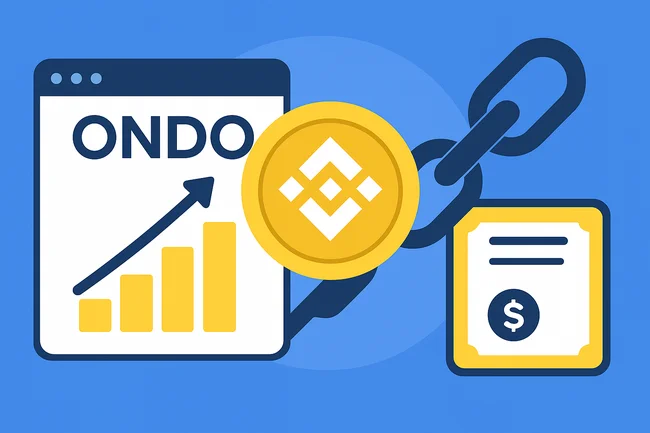A permissionless blockchain is a type of distributed ledger technology that allows anyone to participate in the network without needing approval from a central authority. This means that anyone can create an account, validate transactions, and contribute to the network’s security.One of the key features of permissionless blockchains is decentralization. There is no single entity controlling the network, which enhances security and transparency. Users can verify transactions independently, ensuring trust in the system.Another important aspect is that these blockchains typically use a consensus mechanism, such as proof of work or proof of stake, to validate transactions. This ensures that all participants agree on the state of the blockchain, making it resistant to fraud and manipulation.Popular examples of permissionless blockchains include Bitcoin and Ethereum. They empower individuals by providing open access to financial services and applications, allowing anyone to participate in various activities, such as trading, investing, or building decentralized applications.

Ondo Global Markets Expands Tokenized Stock Platform to BNB Chain
Ondo Global Markets, a tokenized stock and exchange-traded fund (ETF) platform, has expanded its operations to BNB Chain, one of



